By clicking a retailer link you consent to third-party cookies that track your onward journey. This enables W? to receive an affiliate commission if you make a purchase, which supports our mission to be the UK's consumer champion.
I'm the Which? Tech Editor: here are 7 more products I'd never buy
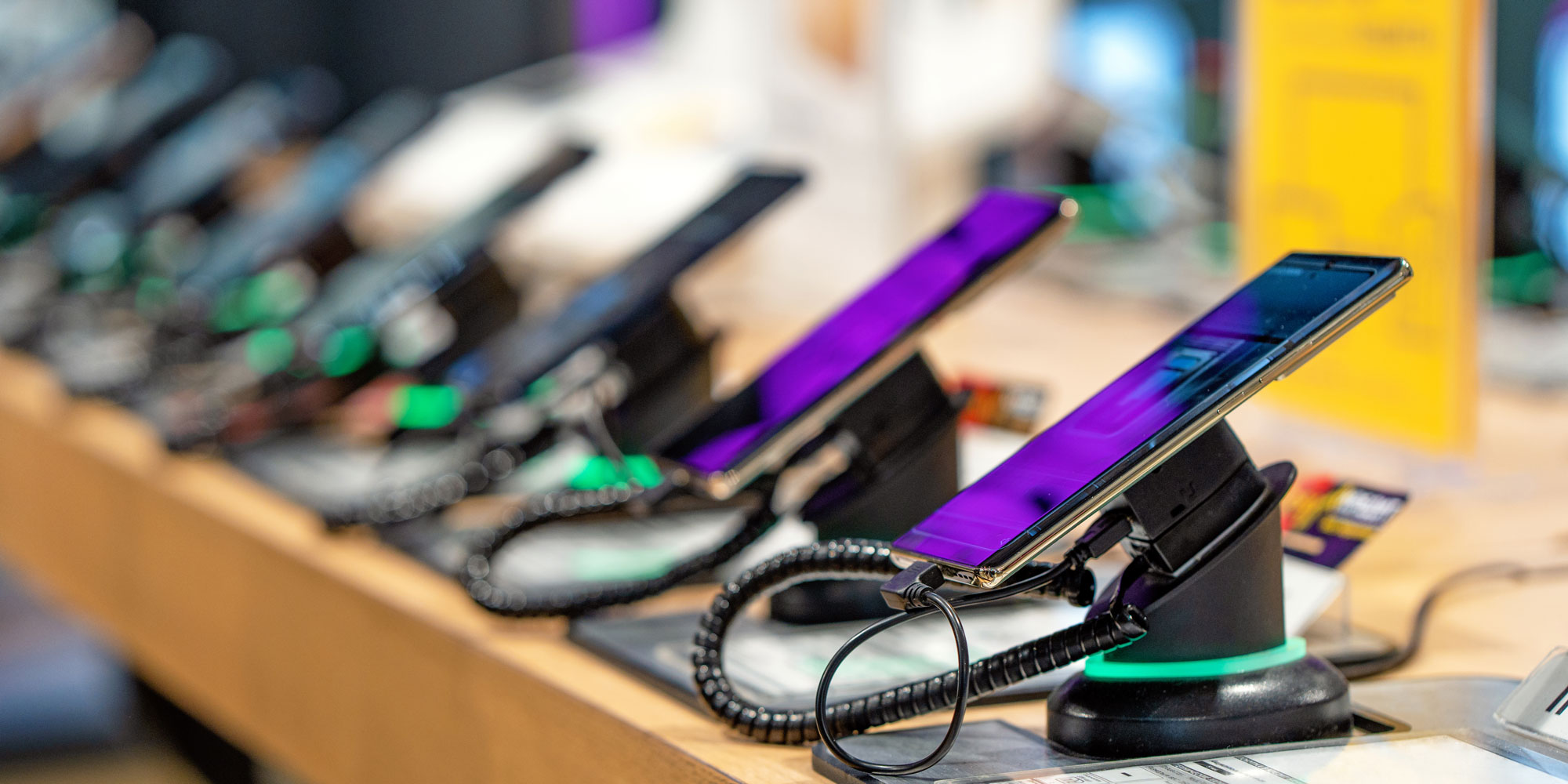
Last year, I revealed my initial list of tech products to be wary of, including paid-for antivirus software and 8K TVs. Since then, new launches and market shifts mean there are fresh entries for you to be aware of.
Slick marketing and bold promises can make the latest tech products and services look irresistible on launch, but a shiny new device isn’t always the smartest buy.
Below, I've added to my list of devices to steer clear of, drawing on the results from our rigorous lab tests plus expert insight from my colleagues.

I'm fortunate to work at Which? as I get access to our lab test results and can pick the brains of our talented team of experts. I'm always on the lookout for interesting findings, such as the ones I'm sharing here with you.
Which? and Which? Tech members, you may know some of these already. Everyone else, I hope you find this useful the next time you're in the market for a new tech device.
Lisa Barber, Which? Tech Magazine editor
1. A new flagship phone
At a glance: Not everybody needs the latest whizzy features – and there are bargains to be found on the second-hand market.

I always keep an eye on the latest smartphone launches, as it’s my job to follow the market. But would I actually buy a flagship mobile? Nope.
The recently launched iPhone 17 Pro Max, for example, starts at around £1,200. On the back of its palm-stretching 6.9-inch display sits a 48MP main camera, plus 48MP ultra wide and telephoto lenses.
A camera with that amount of firepower would be complete overkill for me. On top of that, I don’t want a massive screen that won’t fit in my pocket or the small zipped section in my bag where I keep my phone. And I certainly don’t need to be more than £1,000 out of pocket.
Even if you're tempted to buy on contract to spread the cost – don't. We’ve found you can make significant savings by buying a phone outright or on an interest-free repayment plan, and getting a cheap Sim-only deal.
I've also found that the latest tech trickles down to cheaper models over time. In fact, our testing has uncovered plenty of capable cameras, scoring at least four stars out of five in our tests, on phones under the £500 mark. Plus, you could save hundreds if you’re willing to buy a pre-loved model.
To discover the phones we advise buying refurbished or second-hand and the retailers we recommend, see how to buy a refurbished phone.
2. A computer with 8GB of Ram or less
At a glance: Underpowered computers will struggle to run multiple apps at once, which is a real pain if you're trying to stay productive.
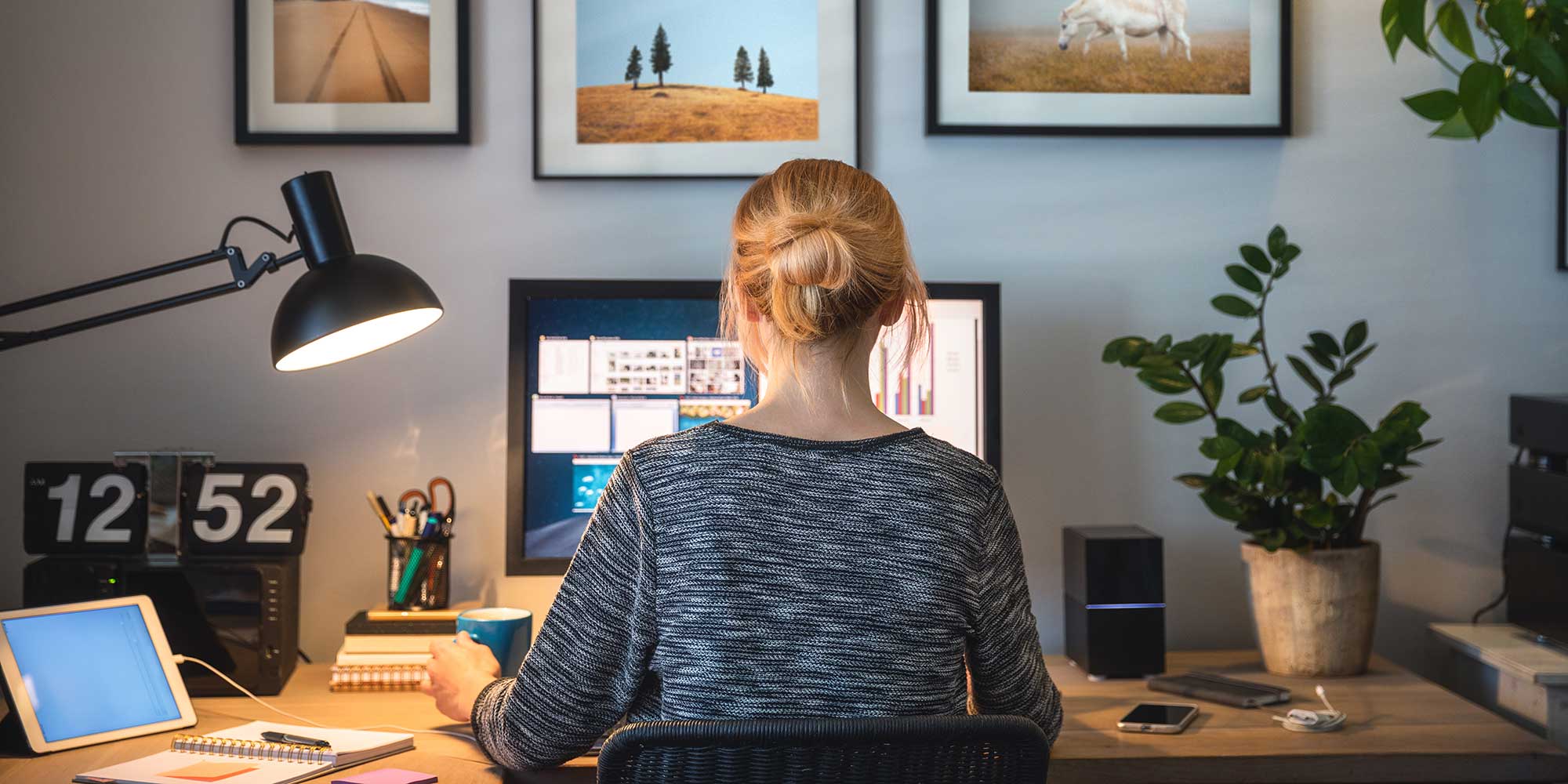
When shopping for a computer, I’d always recommend you go for 16GB of Ram if you can. This helps future-proof your PC. A few years back, you’d usually only choose this if you wanted to game or run intensive tasks like video editing, but modern demands make it the new standard.
I do, however, have exceptions to this rule.
If you want a Windows PC and know you'll only really use it for basic tasks, such as casual web browsing and emails, you could save some money and get by with 8GB. Just be sure to get faster DDR5 Ram (rather than the older DDR4), as this will help keep things running smoothly. And avoid opening lots of apps or browser tabs at the same time.
Also, if you want a Chromebook – 8GB is more than enough. These devices are designed to handle lightweight apps and cloud-based tasks without needing lots of memory.
If you're shopping for a Chromebook, check in with our expert guide on the best Chromebooks. Alternatively, explore all of our laptop reviews.
3. A MacBook Pro or iPad Pro
At a glance: Most people don’t need this level of power from their laptop or tablet, so a cheaper model could be the smarter choice.
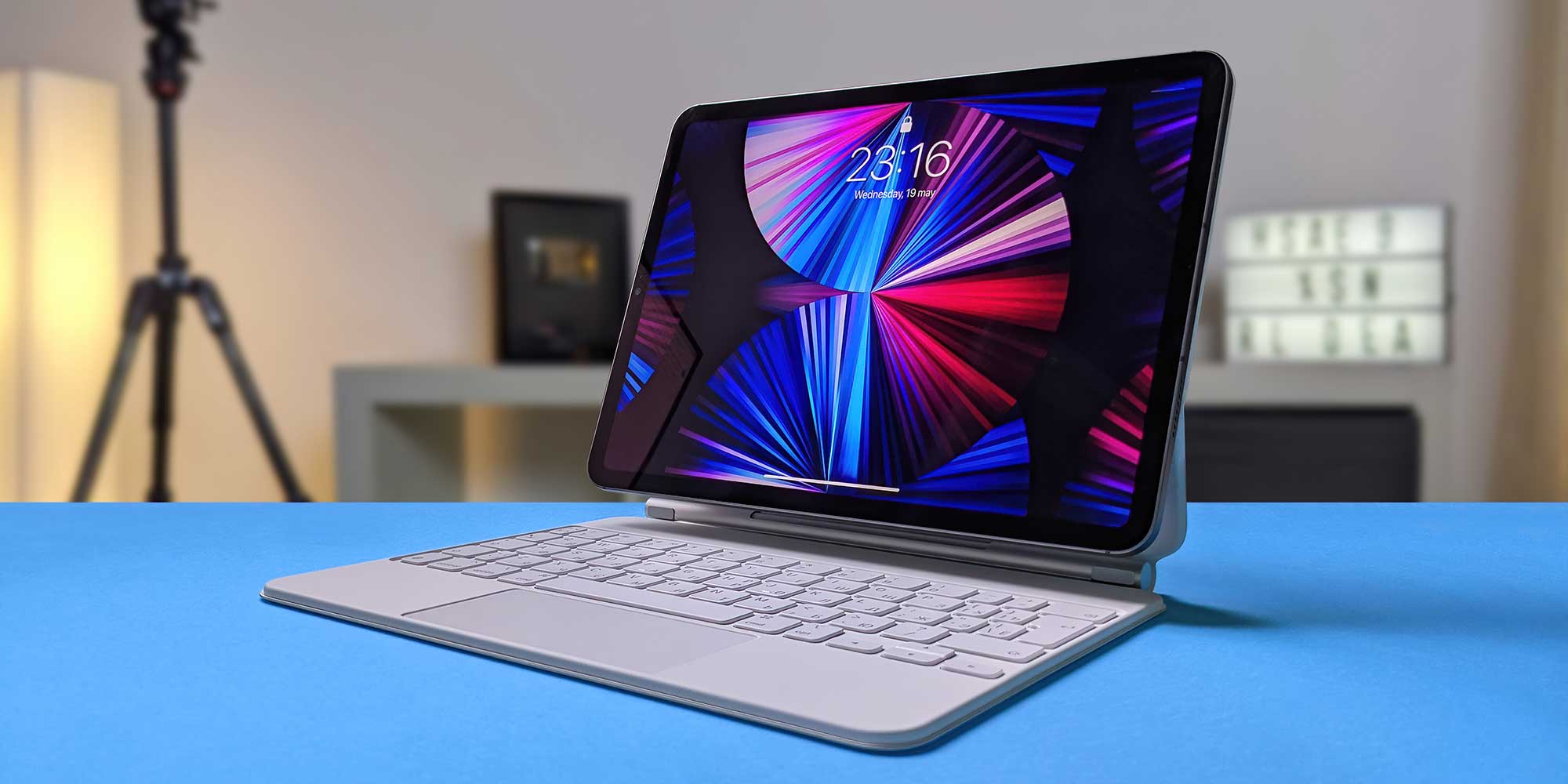
I’m not a video editor or an architect, so I don’t need a super-powerful computer that can render graphics. For most people, the MacBook Air is more than enough if you want an Apple laptop. It has fewer ports, but that’s easily solved with an adaptor.
The same goes for the iPad Pro. Unless you’re using it for specialist creative work, the standard iPad or iPad Air will give you everything you need at a lower cost.
Usually, I recommend people go for the previous MacBook model, as you can save money when retailers clear their stock. But the latest Airs are similarly priced to the previous generation. Crucially, they come with more Ram, too – 16GB as standard rather than the base 8GB you get with the M3 Airs. Plus, you get the latest, ultra-fast M4 processor.
To find out which stores have the best prices, and to learn more about the different models, explore our guides to the best MacBooks and best iPads.
4. A TV released this year
At a glance: New models don't always provide the best value for money – and our tests prove it.

Every year, TV brands release new models. We’re not sure why as, more often than not, the improvements are incremental. They can, however, cost a lot more – and we’ve seen newer versions of older models that are basically the same, except with an extra £500 on the price tag.
If you consult our expert reviews before buying a new TV for the living room, you'll get the very best for your budget and dodge models that offer poor value for money. For every TV that passes through our lab, we test the features that matter most, including picture quality, sound, ease of use, energy consumption and more.
Our round-up of the best TVs reveals our selection of Which? Best Buy models.
5. HP's cartridge printers
At a glance: HP limits its cartridge printer owners to expensive cartridges. My advice – get a tank printer instead.
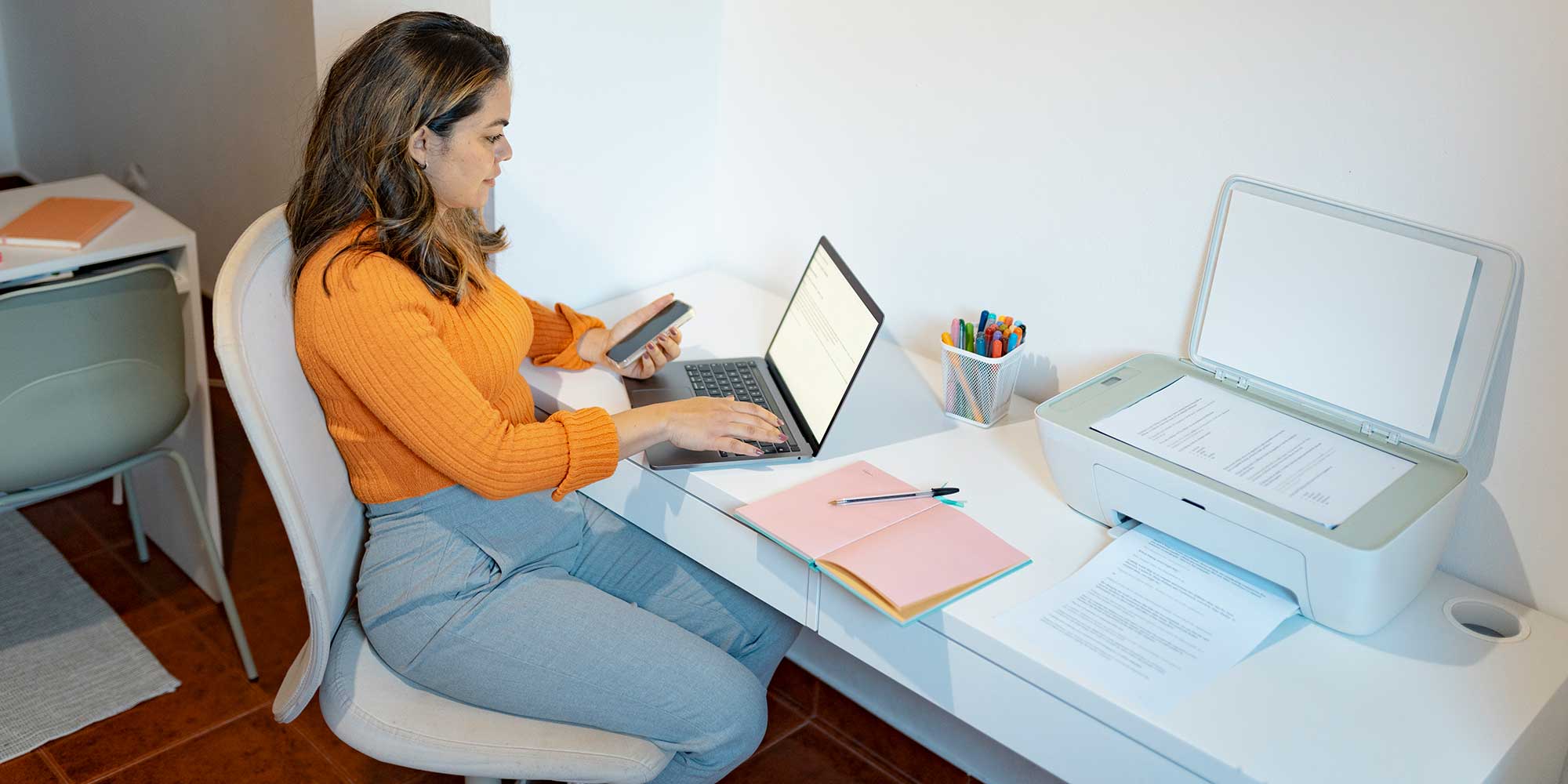
Don’t get me wrong, I’m not knocking HP printers. Some are even Which? Best Buys (though I won’t reveal which ones here, our members can find out by looking at our HP printer reviews). But HP has what it calls ‘dynamic security’ on many of its cartridge printers that limits your cartridge options. And if you sign up for its HP+ ‘upgrade’ for an extra year’s warranty and an Instant Ink free ink trial, your HP ink cartridge printer is locked into using the brand's own original ink for its lifetime.
In other words, you can’t switch to much cheaper third-party alternatives.
Our research shows that the average printer lasts around 13 years. That means 13 years of paying for HP’s own ink, when you could be saving with third-party alternatives. Over that time, we found you could save nearly £1,300 by using ink from our Great Value Which? Recommended Provider with a printer that does not use HP's blocking technologies – see best cheap ink cartridges for more information.
When we've asked HP about this in the past, it's told us: 'HP is committed to providing high-quality, secure, and sustainable printing solutions. To deliver the best customer experience, we recommend using original HP ink and toner cartridges.' It's also said that it uses dynamic security 'to protect the quality of our customer experience, maintain the integrity of our printing systems, and protect our intellectual property'.
My advice? If you want an ink printer, buy a tank model. Instead of using replaceable cartridges, you refill ink reservoirs. This makes the ink much cheaper to buy and, so far, even HP hasn’t stopped owners from using third-party supplies with its own Smart Tank printers.
We’ve tested ink tank models that cost as little as £1 a year to run (based on typical printing of 20 black text pages and 10 colour graphics pages a month) while still producing excellent print quality. They cost more upfront, but, based on our tests, you’ll recoup that money in about three years through the savings on ink.
To see which printers our experts recommend, head to our best home printers.
6. A cheap soundbar
At a glance: Our in-depth tests have seen many budget-priced models end up with a Which? Don't Buy title.
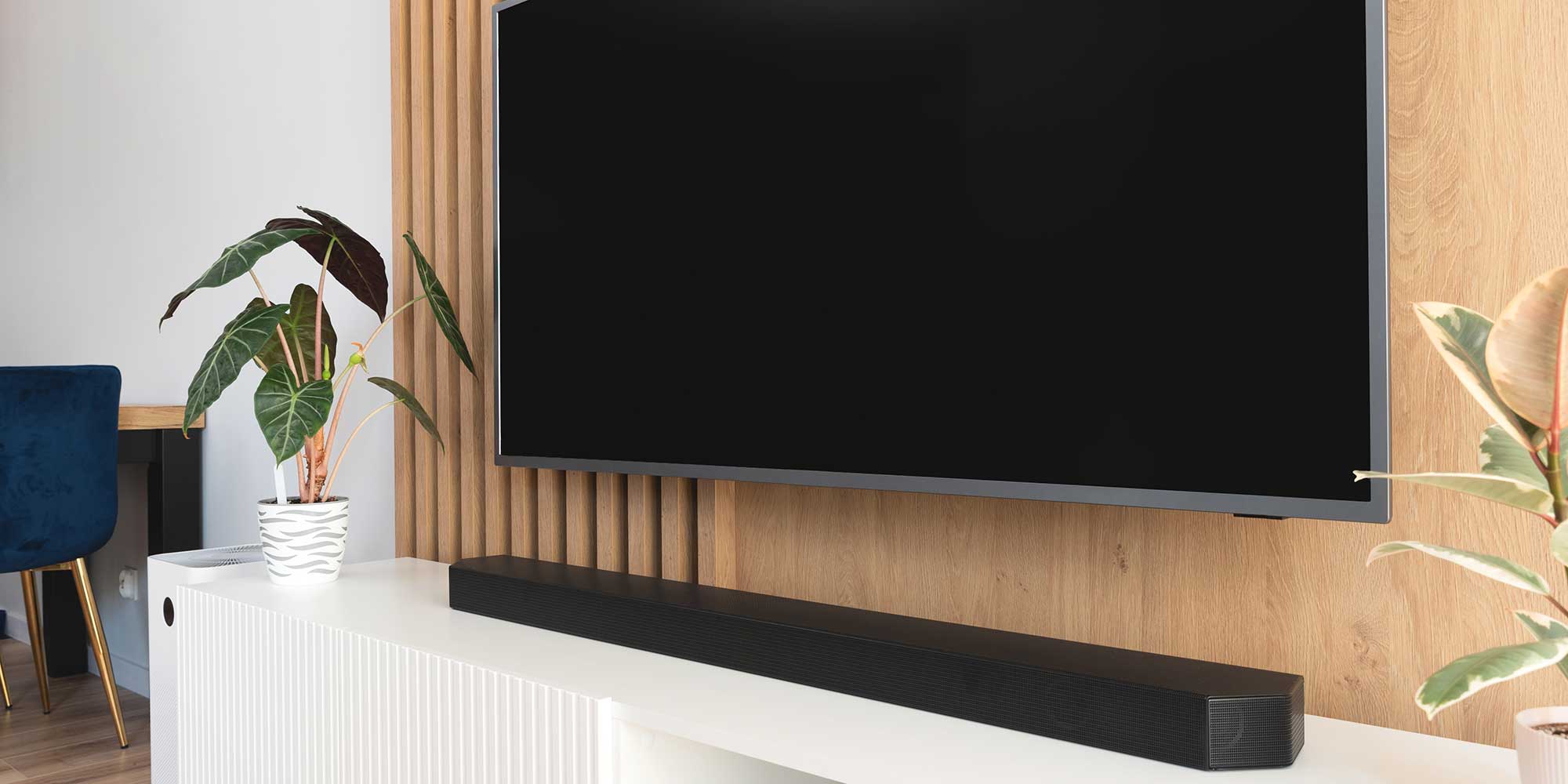
Based on our expert research, opting for a budget-priced soundbar could mean wasting your money. At the time of writing, our reviews cover 46 sub-£200 soundbars, and nearly a third of them are Which? Don’t Buys.
Choose the wrong model and you’ll lose detail, struggle to make out dialogue, and hear music that sounds bland and unbalanced. That’s not what you want when you’re trying to immerse yourself in your favourite show.
On the plus side, we’ve got several Great Value models we recommend within the same price bracket. But if you don’t want to pay this, then try playing around with the audio settings on your TV – choosing a new sound mode changes several things behind the scenes, but some TVs let you tinker even further with a built-in equaliser. (See also: How to hear your TV better).
Find the perfect soundbar for your next movie night: best soundbars.
7. Unbranded electronics or baby products from online marketplaces
At a glance: These can be dangerous; our investigation found dozens of unsafe baby sleeping bags for sale.

I’d hoped to stop saying this, because I’ve said it before. But as we keep finding dangerous products on platforms, I think it’s worth repeating.
Be careful when you're buying from an online marketplace. Avoid any unbranded electronics, such as dodgy 'energy-saving' plugs. or dangerous electric heaters. I wouldn't buy kids' sunglasses either, based on our investigation that revealed unsafe and illegal pairs.
But if you only remember one thing from this – make sure you never buy a baby sleeping bag with a hood or without armholes. The hood can cover a baby’s face, and the lack of armholes means a sleeping baby could slip down inside. This means there is a serious risk of suffocation.
The online marketplaces know this, too, as similar or identical bags were the subject of an official recall by the Office for Product Safety and Standards (OPSS).
Yet, earlier this year, our snapshot investigation revealed 35 baby sleeping bags for sale by third-party sellers on online marketplaces, including Amazon, eBay and Etsy, that could be deadly.
Read the full investigation and what the platforms had to say: Dangerous baby sleeping bags found for sale on online marketplaces.


